For generations, the honest people of Hoi An ( Quang Nam ) have quietly cared for the ancient tombs of Japanese merchants as if they were their own relatives.
PREPARING OFFERINGS FOR THE ANNIVERSARY
It is not difficult to find the tomb of merchant Banjiro (in Truong Le block, Cam Chau ward, Hoi An city), because the tomb has been classified as a relic since quite early and has become a tourist attraction for many tourists, especially those from the land of the rising sun. The tomb's grounds are quite large, located next to the yard and foundation of the house of Mrs. Duong Thi Sau's family (67 years old).
According to the historical records of relics No. 12 and 14 established by the Hoi An Monuments Management Board (now the Hoi An Cultural Heritage Conservation Center) in 1991 and 1992, in the late 16th and early 17th centuries, Hoi An became a major trading port of Dang Trong, an international trade transit point. Foreign merchants came to trade in large numbers, of which the most numerous were Chinese and Japanese merchants. They were allowed by Lord Nguyen to establish two separate residential areas with separate management regimes. The Japanese area was called Nhat Bon Dinh. Some Japanese merchants married Vietnamese women, had children, and settled down for a long time.
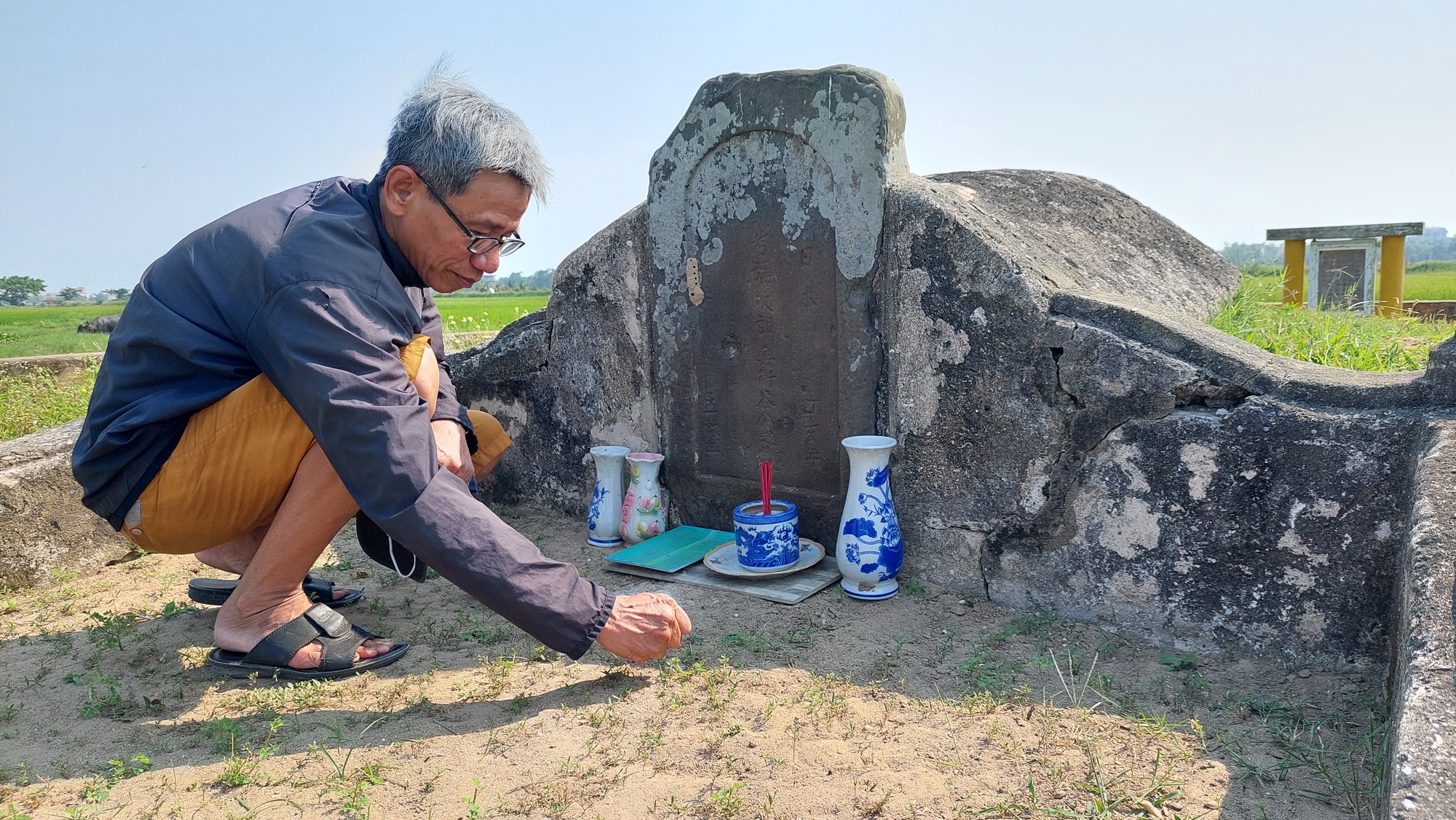
The tomb of merchant Tani Yajirobei has been carefully cared for by Mr. Nguyen Dinh Hung for many years.
In 1635, the Tokugawa Shogunate ordered all Japanese in Hoi An to return to their homeland. From then on, Japanese merchants gradually left Hoi An to return to their homeland. However, the last ship carrying the Japanese back to their homeland still lacked the faces of big merchants. They decided to stay in Hoi An because of their love for the people and this land. According to the inscription at Banjiro's grave, 30 years after the Shogunate's ban, he passed away in Hoi An in the year of At Ty 1665.
Since 1928, because of the prolonged war, there was a time when Banjiro's grave was buried under half a meter of sand. "When I came to live with my husband's family (Mr. Nguyen Van Nuoc), I heard that the grave had been taken care of by the family for many generations. But then the war buried the grave. After the liberation day, my husband returned to the ancestral land and repaired and preserved the grave intact. Every year, on the family's big death anniversary, I prepare offerings to commemorate Mr. Banjiro. Whatever the offerings are at home, I also offer them on Mr. Banjiro's grave. I don't want him to be lonely in this land of Hoi An...", Mrs. Sau said.
Mr. Tran Xuan Linh (43 years old, Mrs. Sau's son-in-law) added that every day, if Mrs. Sau is not at home, he takes care of the grave and burns incense for his mother. His children also participate in cleaning and weeding to keep the grave clean. "Up to now, the family has had 5-6 generations taking care of the grave," Mr. Linh said.
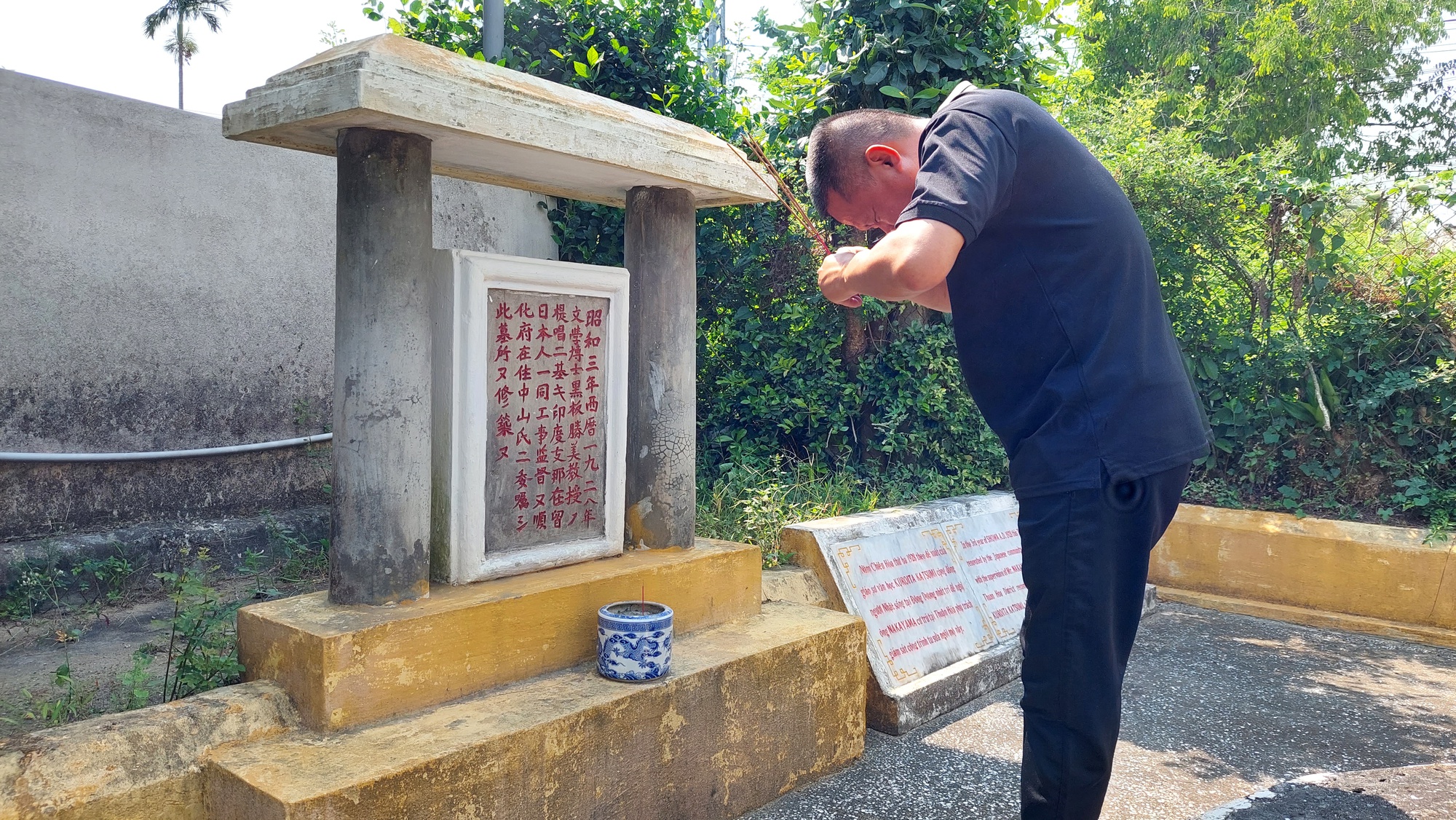
Mr. Tran Xuan Linh regularly burns incense and takes good care of the grave of merchant Banjiro.
ADMIRE BEAUTIFUL LOVE
From the sign on Hai Ba Trung Street (Hoi An), I crossed the desolate Truong Le field to find the tomb of merchant Tani Yajirobei. From afar, the scent of incense wafted, and as I got closer, I met a skinny man using a towel to wipe the cups, bowls, and incense burners on the tombstone. He was Nguyen Dinh Hung (Head of Group 4, Truong Le block), who for many years had taken on the responsibility of burning incense and taking care of the tomb without any hesitation. Despite nearly 400 years of existence, the Tani Yajirobei tomb was still intact with a sandstone stele, a mound, and a wall. The grass in front of the tombstone had been pulled clean.
The People's Committee of Quang Nam province has also decided to record the tomb of Mr. Gusokukun (established in 1629 in An Phong block, Tan An ward) in the list of relics registered for protection in the province for the period 2019 - 2024. Mr. Gusokukun's tomb is also regularly burned with incense and cleaned by the surrounding people. Mr. Gusokukun was a wealthy and powerful merchant, but there are also documents saying that he may have been a mayor who ran all activities of the Japanese town in Hoi An in the 17th century.
Leading me to 4 steles engraved in 4 languages: Vietnamese, Japanese, English, French with the content: "This is the resting place in 1647 of Mr. Tani Yajirobei - a Japanese merchant. Because the Emperor of Japan decided to close the country to foreign trade, he had to return to his homeland from Hoi An, but later found every way to return to live with his lover, a girl from Hoi An, until he passed away...".
Almost every day, Mr. Hung cycles from his house to Truong Le field to visit the grave and clean it. Mr. Hung said that he also wanted to hold a memorial day for Mr. Tani Yajirobei, but because he did not know the date of his death, he did not dare to do it rashly. When tourists came to visit, Mr. Hung gave them very enthusiastic instructions. "Every year, after the rice harvest, some Truong Le farmers come to offer new rice at the grave of merchant Tani Yajirobei as a way of expressing gratitude. As for me, I consider burning incense and taking care of the grave to be a thing to do to show gratitude to the Japanese merchants who hundreds of years ago contributed to building Hoi An as it is today...", Mr. Hung confided.
(to be continued)
Source link


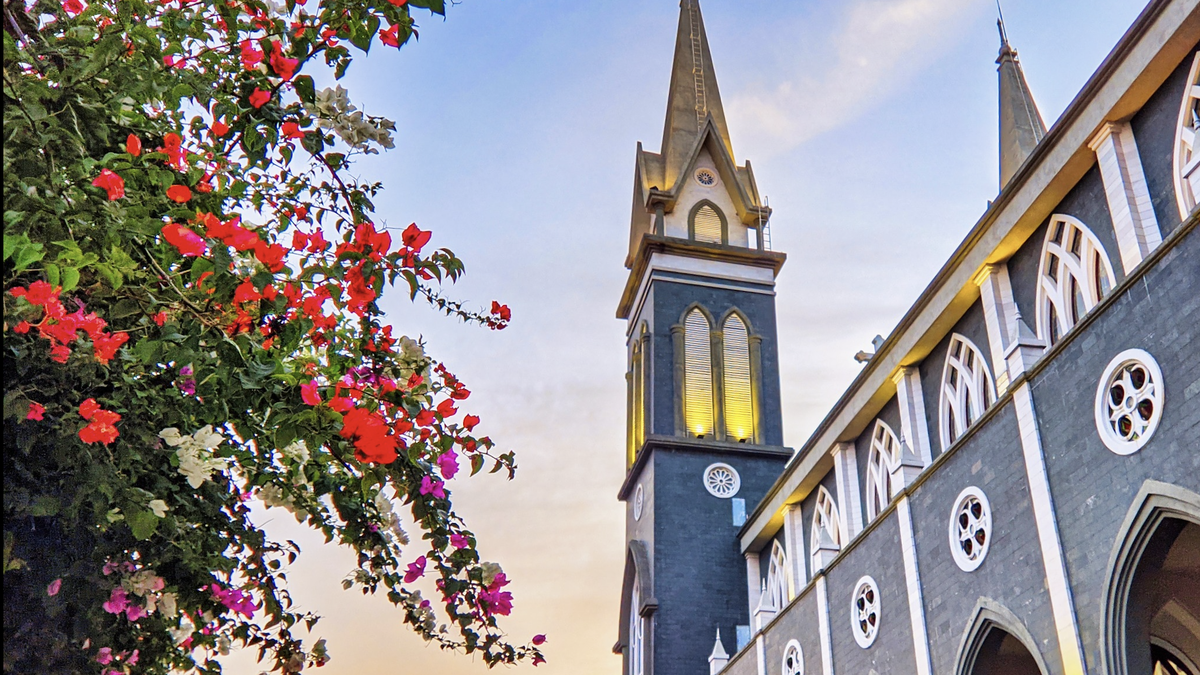



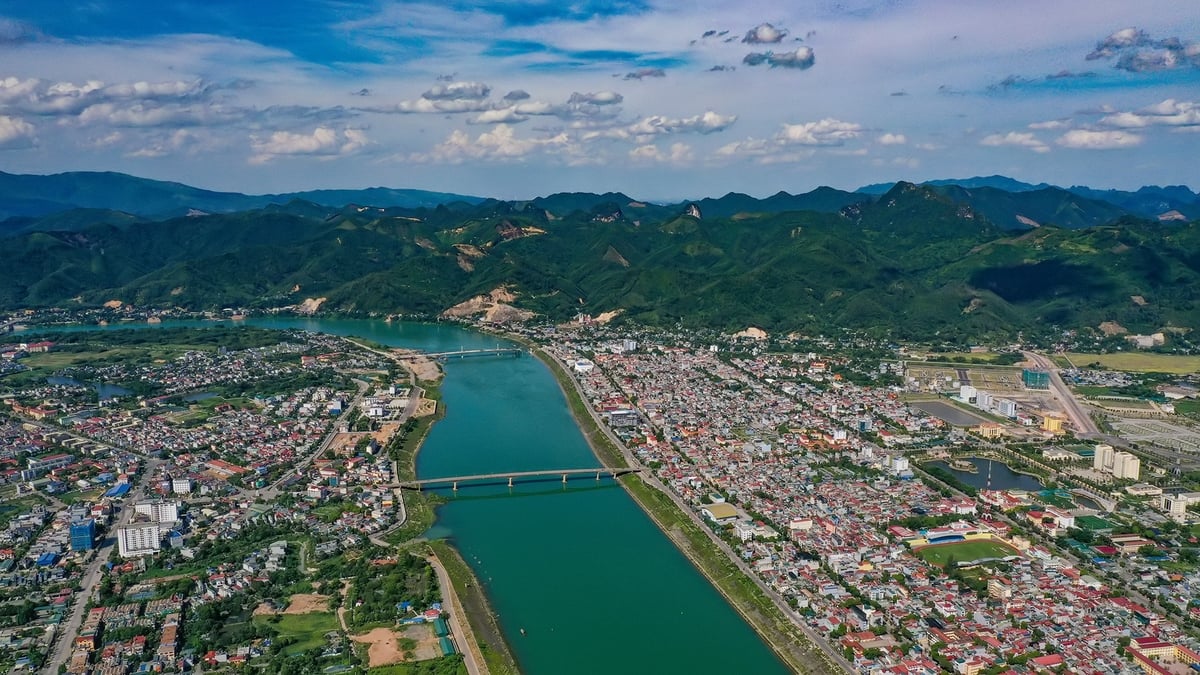
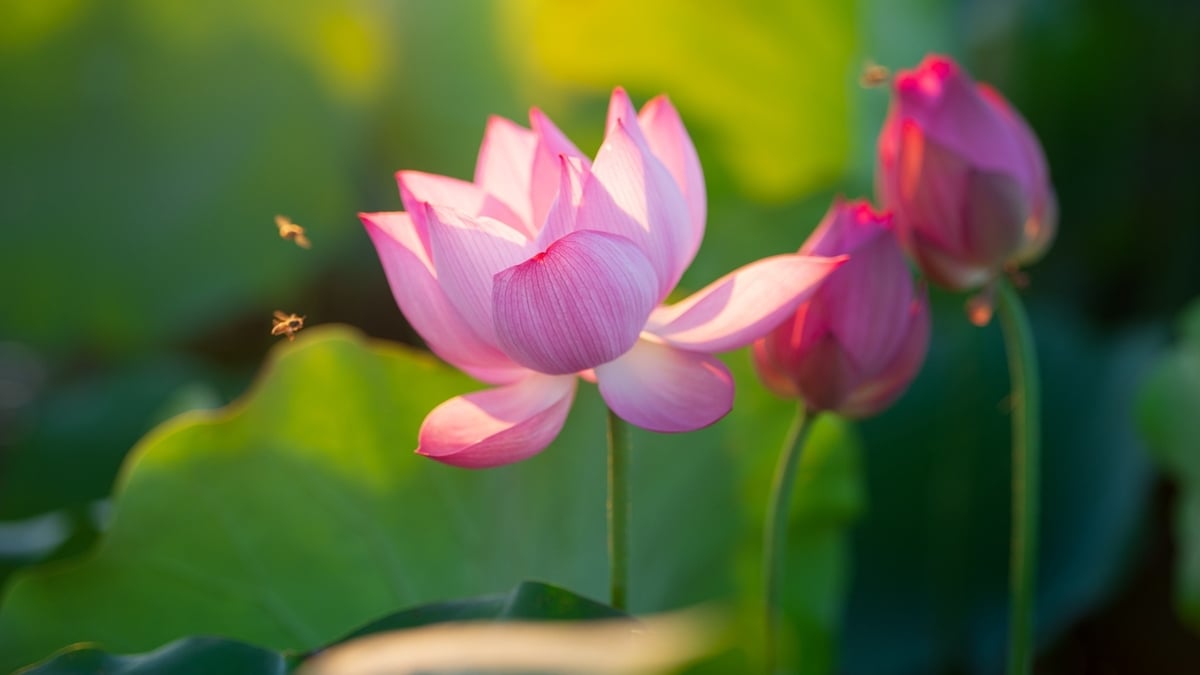
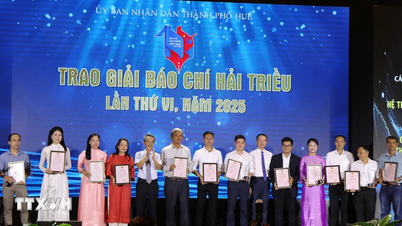

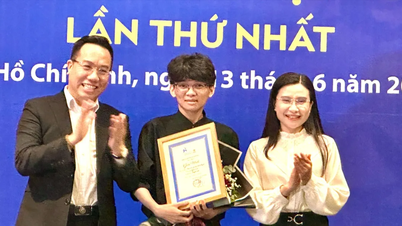










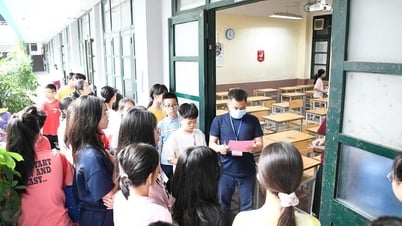
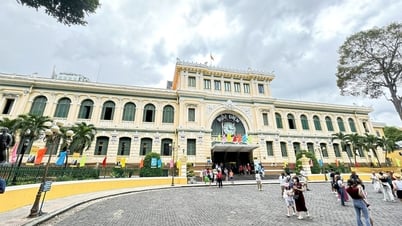





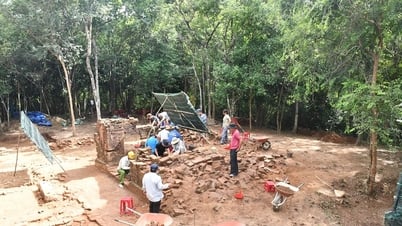

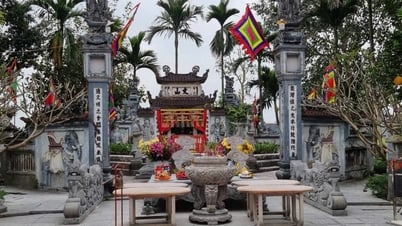

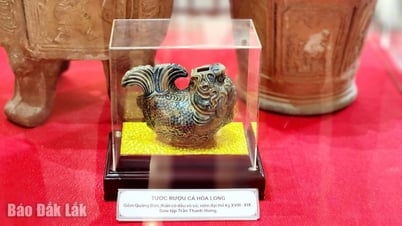

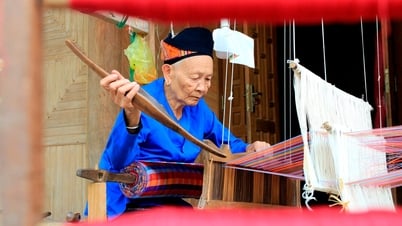



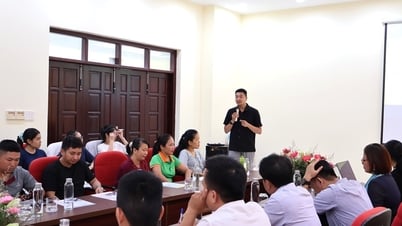
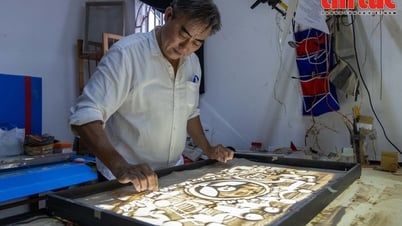



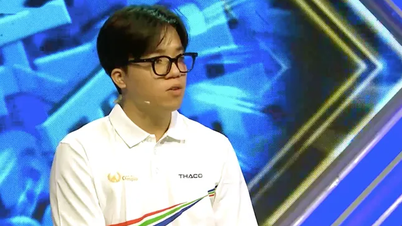

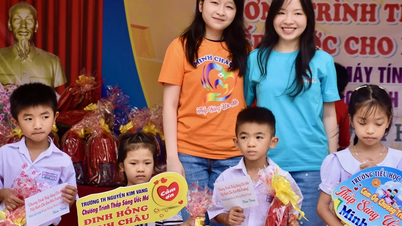



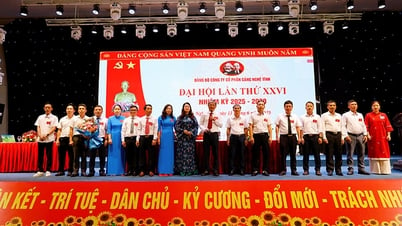


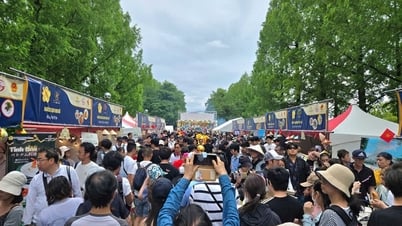
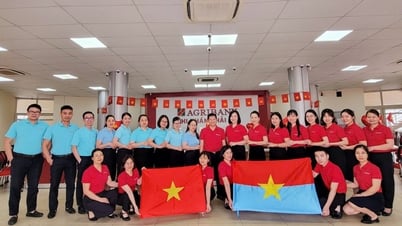

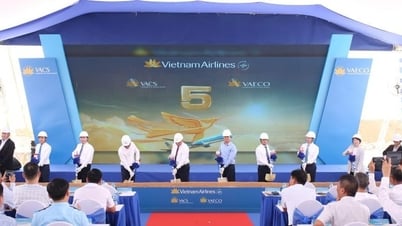
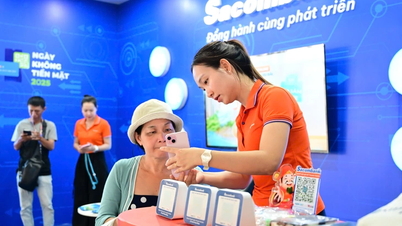
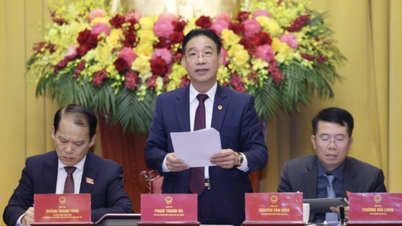

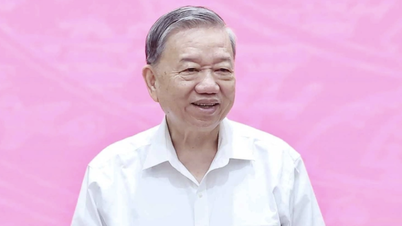

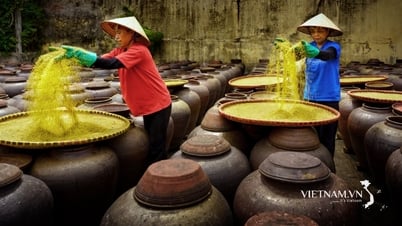



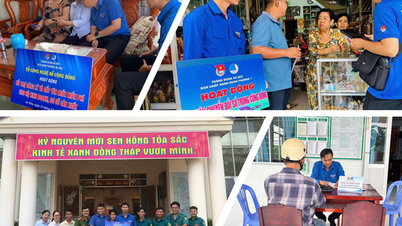
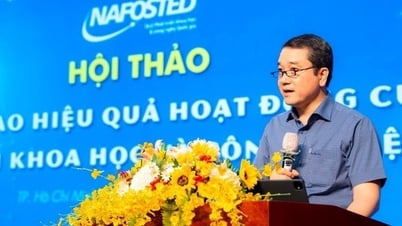


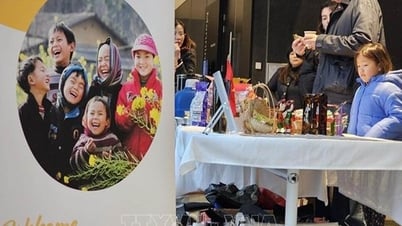
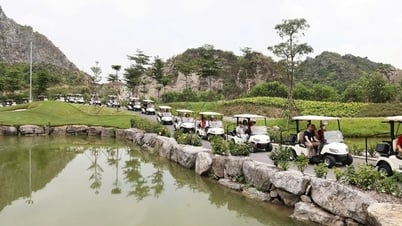
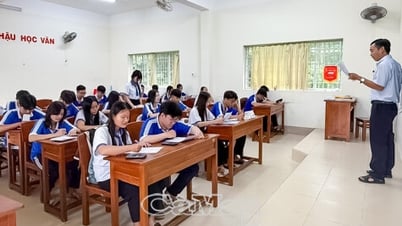


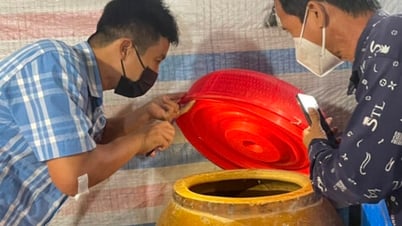
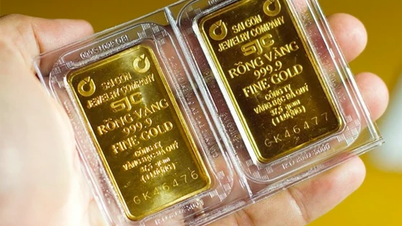


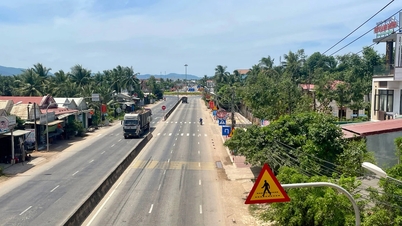
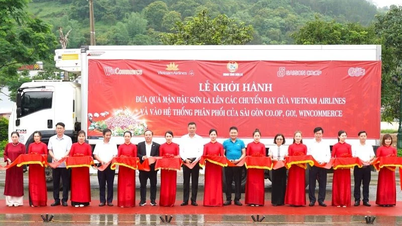










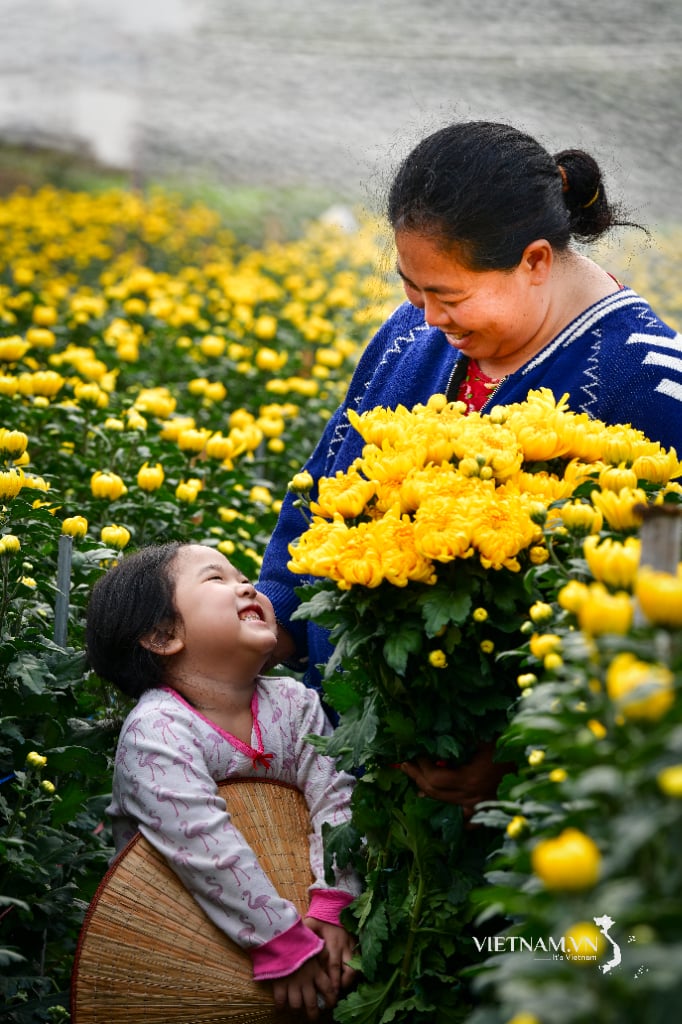



Comment (0)